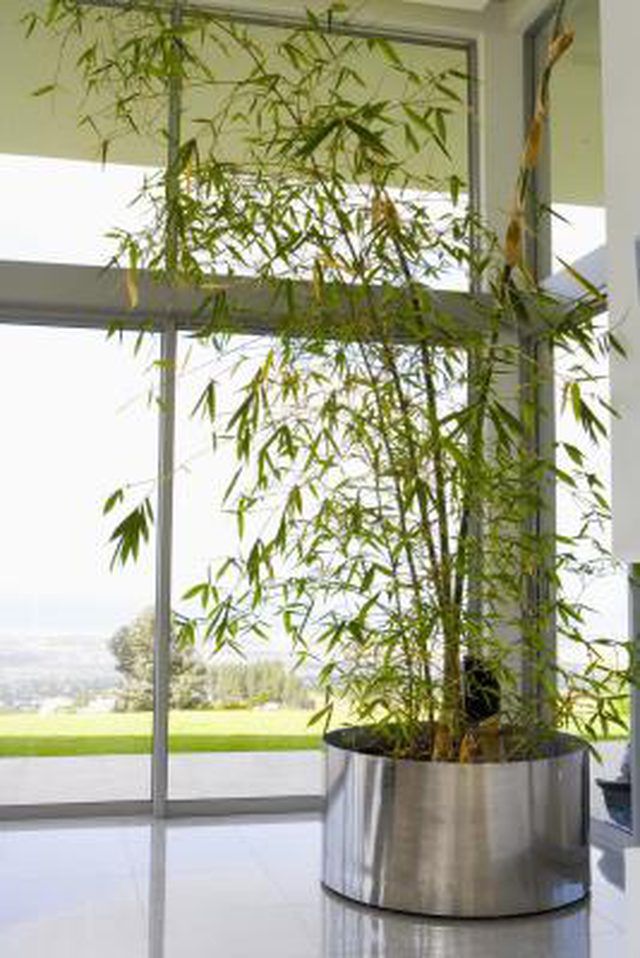Bulbs
Flower Basics
Flower Beds & Specialty Gardens
Flower Garden
Garden Furniture
Garden Gnomes
Garden Seeds
Garden Sheds
Garden Statues
Garden Tools & Supplies
Gardening Basics
Green & Organic
Groundcovers & Vines
Growing Annuals
Growing Basil
Growing Beans
Growing Berries
Growing Blueberries
Growing Cactus
Growing Corn
Growing Cotton
Growing Edibles
Growing Flowers
Growing Garlic
Growing Grapes
Growing Grass
Growing Herbs
Growing Jasmine
Growing Mint
Growing Mushrooms
Orchids
Growing Peanuts
Growing Perennials
Growing Plants
Growing Rosemary
Growing Roses
Growing Strawberries
Growing Sunflowers
Growing Thyme
Growing Tomatoes
Growing Tulips
Growing Vegetables
Herb Basics
Herb Garden
Indoor Growing
Landscaping Basics
Landscaping Patios
Landscaping Plants
Landscaping Shrubs
Landscaping Trees
Landscaping Walks & Pathways
Lawn Basics
Lawn Maintenance
Lawn Mowers
Lawn Ornaments
Lawn Planting
Lawn Tools
Outdoor Growing
Overall Landscape Planning
Pests, Weeds & Problems
Plant Basics
Rock Garden
Rose Garden
Shrubs
Soil
Specialty Gardens
Trees
Vegetable Garden
Yard Maintenance
How to Grow Bamboo Plants Indoors
How to Grow Bamboo Plants Indoors. Bamboo grows vigorously when planted under the right conditions, whether in a garden or indoors in a planter. However, successfully growing bamboo indoors relies on choosing a variety that occurs naturally within a dim, somewhat dry environment since they can prosper without much attention under typical indoor...

Bamboo grows vigorously when planted under the right conditions, whether in a garden or indoors in a planter. However, successfully growing bamboo indoors relies on choosing a variety that occurs naturally within a dim, somewhat dry environment since they can prosper without much attention under typical indoor conditions. Yet even the most resilient species of bamboo must have its basic needs met to encourage prolific growth, so regular watering and feeding are essential to growing a healthy, thriving bamboo plant indoors.
Things You'll Need
Planter
Potting soil
Compost
Coarse sand
Perlite or vermiculite
30-10-10 ratio fertilizer
Pruning shears
Spray bottle
Choose a suitable bamboo variety for growing indoors such as fernleaf bamboo (Pleioblastus distichus), black bamboo (Phyllostachys nigra) or kuma-zasa bamboo (Sasa veitchii), all of which are clumping and tolerant of dim light and low relative humidity.
Pot the young bamboo plant in a permanent planter offering at least three inches of space on all sides. Use a mixture of 3 parts potting soil, 2 parts compost, 1 part coarse sand and 1 part perlite or vermiculite when potting the bamboo plant to provide abundant nutrition, moisture retention and adequate drainage.
Place the potted bamboo plant where it receives about six hours of indirect sunlight per day, such as near a large window. Pleioblastus shibuyanus "Tsuboi" and Indocalamus tessellatus "Giant Leaf" are among the bamboo varieties that tolerate and thrive with less light if a very bright place is not available.
Water indoor bamboo plants according to their size and the needs of the species and cultivar. Water most small bamboo plants to 1 inch every five days, and larger bamboo plants to 2 inches every seven to 10 days. Apply water only when the top inch of soil dries out.
Feed indoor bamboo plants with high-nitrogen, 30-10-10 ratio fertilizer once a month from March until late September. Follow the label directions exactly when applying the fertilizer. Water the plant thoroughly after feeding it.
Prune indoor bamboo plants in early spring to control their size. Use a pair of clean, freshly sharpened pruning shears. Remove no more than a quarter of the total length of each cane. Completely remove damaged canes or leaves at their point of origin.
Mist indoor bamboo plants using a spray bottle or plant mister filled with filtered water. Mist them as often as possible to raise the humidity around the plant and to keep the leaves hydrated and free from dust.
Repot indoor bamboo plants once they outgrow their planter or become top-heavy or root-bound. Move them into a planter providing an increase of 2 inches in diameter and depth. Use fresh soil and pot the bamboo plant so the soil level is the same as in the old planter.